Star Wars films: how the force awakened Australia’s creative talent
Leading Australians in film, TV and comedy reveal how the first Star Wars trilogy shaped a generation of creative figures.
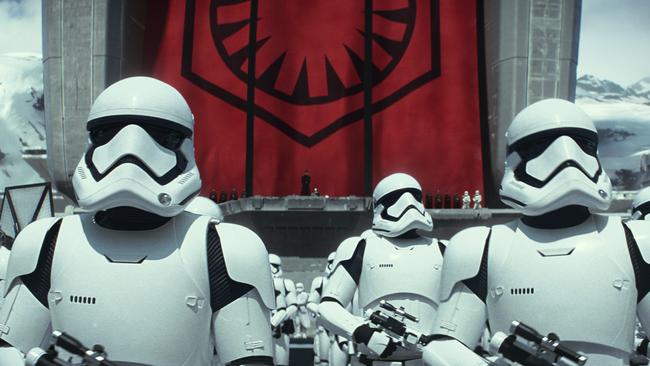
Julian Cress, co-creator of Nine’s hit reality series The Block, and architect Julian Brenchley have remained friends since they grew up in the same McMahons Point street in Sydney in the 1970s. They bonded particularly over Star Wars, which Cress saw at the George Street Hoyts cinema as a nine-year-old in 1977.
“I can’t actually remember anything that happened to me in my life before that day, but there’s nothing about that day I can’t remember,” he says. “I think it fundamentally altered my DNA.”
That influence was reflected recently when the friends attempted their own homage to the intergalactic epic in the most recent series of The Block. Brenchley’s initial plans for the renovation of the prominent Hotel Saville in South Yarra, Melbourne, included an oddly shaped penthouse structure.
“We didn’t give it a name but someone at Stonnington Council twigged,” Cress says with a laugh. “They said, ‘No, you’re not putting a Millennium Falcon on the top of that building.’ ” So Cress and Brenchley decided to make do with a more modest tribute. The top floor was designed in the shape of an Imperial TIE Fighter, the aeronautical vehicle that features in Star Wars, Return of the Jedi and The Empire Strikes Back.
The Force Awakens, the seventh instalment in the world’s most famous film franchise, opens internationally next week. Directed by JJ Abrams, the story is set three decades after 1983’s Return of the Jedi and features some new faces as well as some very famous older ones.
In a country far, far away from Hollywood in 1977, a generation of Australians was touched by George Lucas’s filmstarring a young Mark Hamill, Carrie Fisher and a little-known former carpenter by the name of Harrison Ford. The effects of the seminal sci-fi film, which had become a phenomenon in the US before its late 1977 Australian release (it remains the highest-grossing film of 1978 in this country), live on in positive, and occasionally odd, ways.
It dominated pop culture — even though it emerged in the same period as Jaws and Close Encounters of the Third Kind, and when television was hitting its stride — and it set many young Australians on their creative paths into film, TV, advertising and comedy.
“Like so many people of my generation, I saw it probably 15 times back in the days when films ran for a year,” recalls actor Matt Day, who is filming the next series of Rake in Sydney.
“I was pretty much obsessed by it, but it wasn’t until The Empire Strikes Back that it blew my head off and I started to think about wanting to make films.”
Cress was similarly motivated, noting it “triggered my interest in storytelling and telling an epic story”. He became a journalist before moving to 60 Minutes as a producer. Now, as the co-producer of one of Australian TV’s most popular and pervasive shows, he contends: “All of this mythology about dark and light, good and bad, surely anybody who’s watched The Block would see we tap into all of that stuff. It’s certainly made me who I am as a storyteller.”
Day wanted to become a director but found himself acting instead. Kriv Stenders, the director of Red Dog and SBS’s The Principal, didn’t deviate from his chosen path. He describes his first viewing of Star Wars as “a pretty seismic event in my life”. As a 13-year-old, he had heard about the film before its release: he recalls a Time magazine article and a Rolling Stone pictorial feature. Yet watching it at Brisbane’s Paris cinema overwhelmed his expectations.
“It was the first time any of us in our generation had seen — apart from 2001: A Space Odyssey — a completely built world, a world that felt endless and lived and breathed and existed outside of the film,” Stenders says.
“And just the energy of it. I remember coming out shivering with excitement after the dogfight, it felt so physical.”

Comedian Lawrence Leung experienced a similar physical reaction after seeing Return of the Jedi. “I was so small, but once the film had finished I had trouble walking down the steps of the cinema because I was so disorientated,” he says. “I was woozy.”
The first Star Wars trilogy, about a teen from Tatooine and his seemingly silly quest to save a princess and defeat an empire, was a shock to the cultural system.
Wayne Lewis, the co-founder of digital effects house Rising Sun Pictures, saw the film at the Whyalla Cinema in rural South Australia and recalls that the film’s opening shot of a monstrous spaceship “was pretty extraordinary and pretty cool for a nine-year-old kid”.
“In retrospect I always come back to Luke Skywalker being stuck out in the middle of nowhere and the landscape not being the same but very similar to regional South Australia,” he says. “It obviously struck a chord.”
Attracting audiences ranging from adults in cities to kids in regional Australia (including this writer from Geelong), the film was a hit. Jane Allen, the lead writer of ABC drama series Janet King and Crownies, is among those who have a clear memory of her first viewing, down to the clothes she wore to Bendigo’s Golden Twin cinema: her favourite orange-and-brown check Miller shirt with the gold threads. “Sitting up the back of the cinema as it started with the gold typeface, all the hairs stood up on the back of my neck I was thinking ‘Wow!’ ” Allen remembers. “And then seeing Luke on Tatooine and more than one moon in the sky … I had been a film fan before that, but it just filled me with possibilities.”
Star Wars showed that teen there was a different kind of story to tell and “we don’t have to be bound by earth”. Allen says it was a seminal moment in terms of broadening her writing horizon; she can recall only two or three others in her life, including her first viewing of Being John Malkovich.
Allen keeps a Darth Vader on her computer and has maintained her focus on genre film and TV, most recently co-writing Cleverman, the forthcoming indigenous sci-fi drama series for the ABC and the American AMC network.
It was created by Ryan Griffen, another Star Wars (or, more precisely, The Empire Strikes Back) nut.
He recalls re-enacting scenes from his favourite film in the backyard and bush surrounding his NSW Blue Mountains home where “you get to really run around and live that life”.
“And back in those days it was all about making your own things, using broomsticks, and not buying all the things you can get today,” he says.
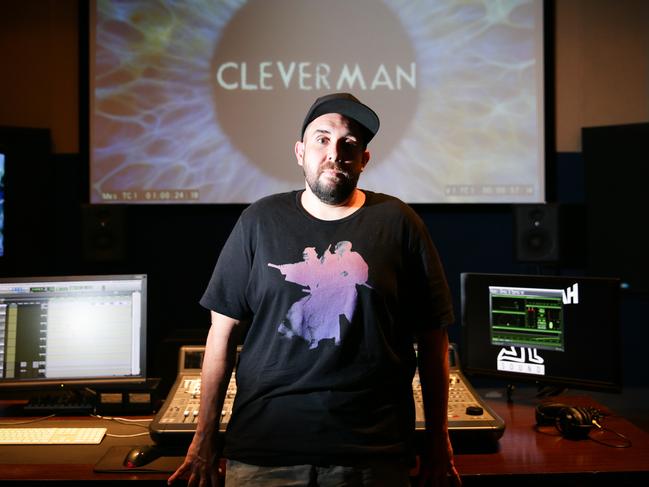
Star Wars’ sense of possibility and destiny also touched Savage Garden’s Darren Hayes, according to comedian Steele Saunders, who has discussed his fandom with other celebrities on his popular Steele Wars podcast (which will air live at 2.30am on Thursday, after the first Australian midnight screening of Star Wars: The Force Awakens, rolling out the earliest global discussion of the new film). “Darren’s story is the most quintessential,” Saunders says. “He definitely followed Luke’s path. It’s a tough thing to be an artistic, gay, poor kid of a single parent living in Brisbane in the 1980s.”
Hayes found global pop success and even adopted the Luke Skywalker persona on one arena tour, wearing a costume replicating Luke’s black robes from the end of Return of the Jedi and sporting a Jedi-belt microphone pack.
The Star Wars trilogy was instrumental in shaping the cultural view of many generation Xers when they were impressionable young kids. It was also among the first film series that could be taped and rewatched ad infinitum — or at least until the VHS or Beta tape wore out — on your TV screen.
“Just recording them off the telly was big, and we didn’t have Pixar films, so I just watched those three movies over and over,” says Sam Pang, comedian and star panellist on Network Ten’s Have You Been Paying Attention?
Pang says with a straight face that he’s more comfortable talking about Star Wars than bluffing his way through hosting Eurovision for SBS or football for Fox Sports, because the films were a cultural behemoth before he was a teen.
“Also,” he adds, “there was no internet, no mobile phones — it was just a simpler time where one thing could dominate. You go to school, and it’s not like you’re [the odd] one out: everyone loved them.”
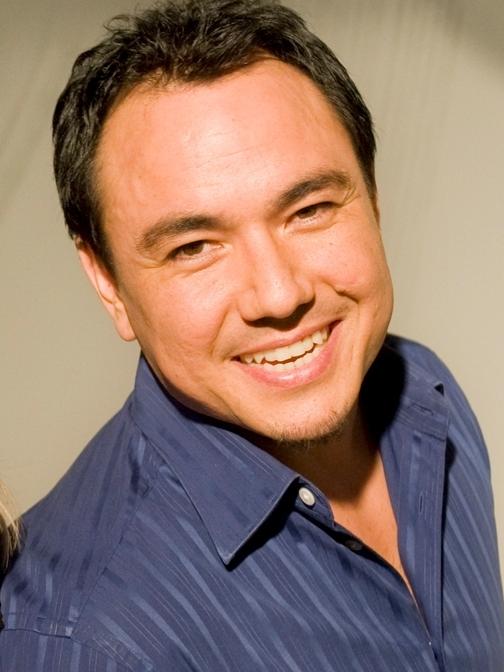
The simplicity of Star Wars’ storytelling — which Lucas seemed to forget in the second “prequel” trilogy of 1999-2005 — was captivating for children and would be influential for the art form.
Comedian and screenwriter Tim Ferguson notes: “Star Wars had everything the growing boy needs, even the little canal scene at the end [when Luke fires a proton torpedo into the heart of the Death Star] with the little sperm that could. It’s a sex scene, I don’t know why nobody talks about the final scene being sex. And little virgin me sitting there, not realising why I really did like it.” Ferguson was so bowled over by The Empire Strikes Back, he wanted to change his name to Luke and remembers trying to levitate furniture, like a Jedi.
But, he says, it was also a “a pretty vivid world and so perfectly laid out — and [it] had that thing of so much great art that it felt like it was carved out of stone and complete”.
“It wasn’t until years later, when I saw Japanese samurai films, that I realised where it all came from,” Ferguson adds.
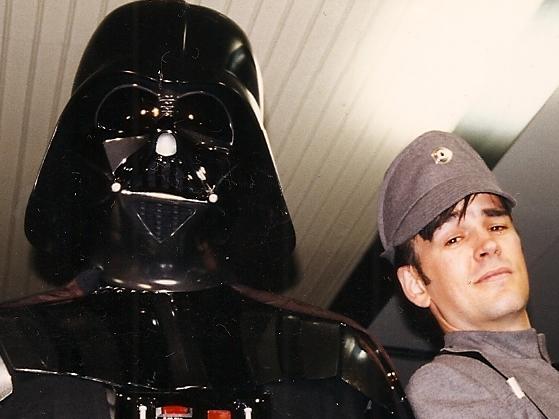
Not everyone was so appreciative. Jeremy Sims, director of this year’s hit film Last Cab to Darwin, wasn’t a fan. He was 11 and thought it was a kids’ movie that separated the nerds from the rest. “It was an obsessive culture that got into what I considered a childish fairytale, the Arthurian legend put in space,” he says.
Yet the tales upended childish expectations. Concluding The Empire Strikes Back with Han Solo in carbonite was too much for a young Pang to bear. It was the first movie he had seen that did not have a happy ending. “I couldn’t believe a movie ended like this and Dad said, ‘Don’t worry, there’s another one coming.’ It was mind-blowing as a child.”
The tale cut a swath through American cinema, which during the early 1970s had become considerably more “sophisticated and nuanced” than before, Sims says.
“To this day I still think Star Wars set back storytelling 200 years because afterwards everyone just used the hero myth for films. I kind of see them as the evil empire came in and quashed a nascent flowering artistic movement that was at its peak then.”
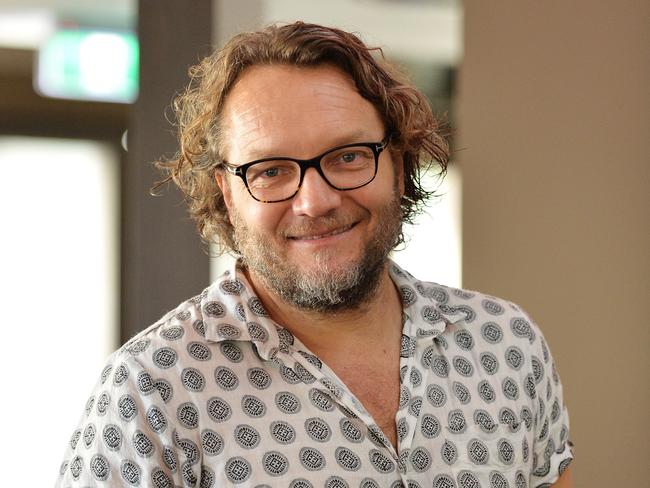
Yet that was its distinction. It was a cultural marker, setting the course for American cinema artistically — the quest for more spectacle and rudimentary, Joseph Campbell-type hero’s journey narratives — and commercially, in its exploitation of merchandising, commercial tie-ins and the creation of a unique, open-ended narrative world that has since been exploited in comic books, animated series, Lego, and now a new series of films.
Leung says: “It’s really hard to think what it was about that particular series that I would always remember fondly as being in my DNA, but it’s probably because before it there was nothing like it and after it, everything has had a little bit of Star Wars in it, from Harry Potter and The Matrix to Guardians of the Galaxy.”
Martin Brown, producer of Moulin Rouge! and now director of degree programs at the Australian Film, Television and Radio School, says the film is still referenced in academic discussions in a number of ways because “it is obviously a cultural reference point and also represents a watershed, to some extent, in the birth of non-naturalism and blockbuster cinema. For a whole lot or reasons on artistic and commercial sides, it changed the game.”
The original Star Warstrilogy, in terms of storytelling, overcame the challenge of presenting unfamiliar, unrealistic worlds while developing characters with emotional integrity to whom audiences could relate.
It inaugurated the notion of the “story world”, opening up the possibility of creating a parallel world far, far away that could continue to exist beyond that film, with many iterations. “That’s a concept that’s very much on our agenda these days,” Brown says.
Star Wars also marked a moment politically, argues Ferguson, a former member of Doug Anthony All Stars whose first film, the romantic comedy Spin Out, will be released by Sony Pictures next year.
He notes that Sylvester Stallone’s Rocky had knocked out cinemagoers, but its hero, Rocky Balboa, didn’t win, and American films hadn’t let anybody win since the Vietnam War.
“Star Wars was the first time since Vietnam when someone just won, and they won big time, blowing up the Death Star with, conservatively, 100,000 people on it,” Ferguson says.
“It was a cathartic moment and, even growing up in a highly political family, it felt so good, part of the appeal [being] the sense that America was back, the people who run the world are back, and they’ve forgiven themselves.”
Many films of the time were dark, brooding pieces; indeed Twentieth Century Fox initially threatened to withhold the Sidney Sheldon thriller The Other Side of Midnight from US cinemas that turned down Star Wars.
“And then there was just this boost of joy, and it came at the perfect time,” Saunders says.
Yet the original trilogy was an elementary story, despite its vivid, broad world.
Ferguson says that simplicity of the screenwriting (despite its pilloried dialogue) may be the reason so many Australian comedians are obsessed by the film. “For comedians, we love it because of its clarity; it’s clear and it’s over the top,” he explains. “Comedians are always going to love something that’s so distilled and easy to take the piss out of.”
Saunders adds his peers are mostly young at heart, too. He has turned his passion for the films into a sideline that has threatened to swamp his comedy. His podcast has grown to a point where this, he admits, is the “most hectic two weeks of my life”, with interviews, gigs for various media outlets, and the premiere.
“And on Saturday I’m [getting married],” he says with a laugh. The timing was right for other reasons, and the only Star Wars detail at the wedding will be Han Solo and Princess Leia figurines on the wedding cake. “That’s where the nutbaggery ends,” he says.
Saunders’s obsession has taken him around the world, on to the set and into Star Wars realms that a young boy who empathised with Luke — “who started out as a whiny kid, which I was” — could never have imagined.
“There’s articles in the paper about ‘those crazy fans’ but I find living vicariously through the characters no different to following 18 dudes kicking a ball around a field,” he says.
“And there’s no fights in Star Wars debates.”
Such fandom takes odd forms at times. Some interviewees admit to holding on to (and cherishing) various obscure pieces of merchandise. Leung was so obsessed, he badgered Melbourne comic book artist Tom Taylor, who was writing the Star Wars Invasion comic book series, begging him to put his name, or even a derivative of it, in the Star Wars universe.
“I asked for anything, even a swamp planet, a little droid or the name of a weapon, but he did better than that: he made me a Jedi Knight named Lar Le’Ung,” Leung says. The character is killed in the comic.
“Then I went to a party and Tom was there and this other guy came up to me and said, ‘I’m Tsalok’,” Leung says. “Tom made his friend a character who kills me! So I met my Star Wars nemesis at a New Year’s Eve party!”
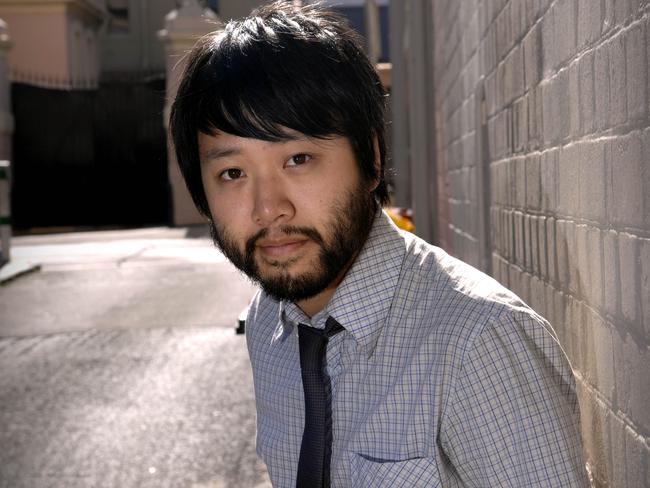
Saunders notes it’s possible to be cynical about the series’ merchandising and associated palaver, but the number of fans making costumes or songs, websites or fan films is amazing.
“Star Wars sparked, both at a professional level and at a hobby level, so much creative activity,” he says.
Griffen agrees, noting the writers on Cleverman referred to the story beats on Empire and Yoda’s immortal line to Luke: “Do. Or do not. There is no try.”
“We would talk about the progression of the hero and for me Empire was very much like that, and it is very much the journey of our hero in Cleverman,” he says.
The Star Wars films still resonate and will likely continue to set legions of people on their creative paths. Stenders says Jaws, Star Wars and Close Encounters of the Third Kind, which were all released in quick succession, “basically changed my life and I realised [filmmaking] was what I wanted to do.”
Cress agrees. He obviously hadn’t read Carl Jung or Campbell at the time, and Star Wars worked on him.
“I suppose my parents read books to me as a kid but I didn’t have a sense of storytelling on an epic scale until then — and all I’ve wanted to do since then is tell stories,” he says. “And not go into space and kill aliens.”
Star Wars: The Force Awakens opens on Thursday.



To join the conversation, please log in. Don't have an account? Register
Join the conversation, you are commenting as Logout